31 July 2019
We know that the innovation can’t happen with just funding alone. Through two iterations of Innovate to Save, we’ve learned that for public service organisations to change the way their services run, they need different kinds of support to help their projects progress.
What’s in an innovation toolkit?
We know that the innovation can’t happen with just funding alone. Through two iterations of Innovate to Save, we’ve learned that for public service organisations to change the way their services run, they need different kinds of support to help their projects progress.
As well as projects getting up to £30k of grant funding through the programme, they also get access to our teams expertise. And we plug into additional support for things we can’t provide.
We’ve recently put together The Innovate to Save Toolkit which brings all of the tools and resources we used throughout the R&D phase into one place, with some little extras to help fill in the gaps.
- Problem Framing
Having a good understanding of the problem and the direction you might take is a good starting point for any R&D project. It’s a good idea to get everything you know about the problem written down, and this can also help you identify any gaps in your knowledge.
We recommend completing a Theory of Change to help you define the goals and the steps you need to take them. We’ve also developed a set of problem cards, to help you write a problem statement.
- People and partnerships
Having the right people involved in the project at the right time can really help drive a project forward. What senior support do you need? What external stakeholders need to be involved? What expertise and knowledge does your team have?
Stakeholder mapping is a commonly used tool which helps you think logically about who needs to be involved in the project.
We’ve also developed a Stakeholder Strategy tool – a tool that can help you plan when you need to speak to which stakeholder and why their involvement is necessary for the projects progress.
- User research
Running an R&D project is a great opportunity to get to know the service users better. What services do they need? What does their day to day life look like? And how do they currently use the existing service?
Answering all these questions can be done through creating personas and developing user journey maps. We always recommend testing your outputs with the user to make sure you’ve got a fair representation.
- Cashable savings
The aims of the Innovate to Save programme is to trial and test ideas that will improve the service for the users and make cashable savings. As this is a requirement of the programme, this might not seem completely relevant to your project, but accessing the costs of a service could help uncover some additional benefits of your project.
Take a look at Geoff Mulgan’s 12 Economies framework to see how you could save money whilst improving the service.
5. Generating Ideas
The idea you start with might not turn out to be the right one, once you’ve completed some initial research and done some more thinking around the problem. Generating ideas and developing the ones you’ve started with is a good way of making sure you’ve explored and can rationalise why you’ve moved forward with a particular idea.
6. Prototyping
Prototyping is a chance to build and try out the service you’ve been improving or developing. Journey mapping or blueprinting is a great way of identifying all the steps a user will take through a service. We advise adding extra information to each step like what resources are needed to make that step happen, how much time it will take and when it needs to happen.
7. User feedback and testing
If you’ve got a prototype, no matter how rough it is, putting it in front of users, whether that’s service users or staff, is invaluable. This is the bit where taking the time to prototype and test an idea really shows it’s worth. Ironing out the kinks now will reduce the risk of ideas falling through later down the line.
8. Evaluation
Evaluation sounds like a scary task, but what we mean by this is bringing together all of your findings into one place and assessing the outcomes of the project.
Writing an end of project report helps pull all this information together for your senior sponsors and stakeholders. As part of the Innovate to Save process, all projects had to submit this report so we could assess their progress and potential next steps.
9. Telling your story
If you need more funding to keep developing your project or funding to help scale, telling a good story is a fundamental key skills to help you secure the next steps.
10. Scaling
Moving your project from a small pilot to scale across an entire city or region can seem like a daunting task.
This scaling plan tool developed through the DIY toolkit can help facilitate the conversation on how to scale with internal or external stakeholders.
All the tools used in the R&D phase of Innovate to Save, can be found in this toolkit: https://airtable.com/shrSABCFKHW8pEre1
